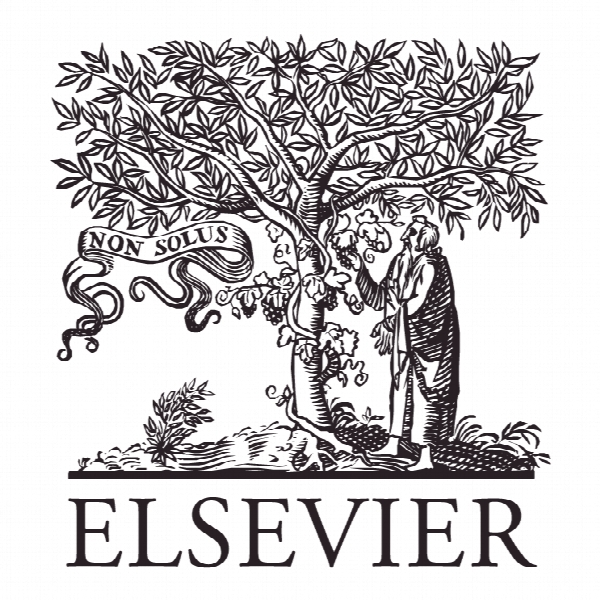چگونگی ادراک ارزش توسط کودکان؟ How is value perceived by children?
- نوع فایل : کتاب
- زبان : انگلیسی
- ناشر : Elsevier
- چاپ و سال / کشور: 2017
توضیحات
رشته های مرتبط روانشناسی
گرایش های مرتبط روانشناسی بالینی کودک و نوجوان
مجله تحقیقات بازاریابی – Journal of Business Research
دانشگاه دانشکده بازاریابی و تجارت بین الملل، ویکتوریا ولینگتون، نیوزیلند
نشریه نشریه الزویر
گرایش های مرتبط روانشناسی بالینی کودک و نوجوان
مجله تحقیقات بازاریابی – Journal of Business Research
دانشگاه دانشکده بازاریابی و تجارت بین الملل، ویکتوریا ولینگتون، نیوزیلند
نشریه نشریه الزویر
Description
1. Introduction Children are an important consumer segment. They continue to experience growing spending power and are completing an increasing number of purchases (Dotson & Hyatt, 2005; McNeal, 2007). They are unique in terms of the contexts in which they shop, their experience and their cognitive development (Cook, 2009; John, 1999). An important and developmentally significant aspect of children’s consumer socialization is their ability to perceive value and shop accordingly. In addition children’s value perception represents a potential area of consumer vulnerability and therefore advancing understanding has significance for both marketers and public policy makers alike. public policy makers alike. The concept of perceived value is integral to the AMA definition of marketing (Gallarza, Gil-Saura, & Holbrook, 2011). Researchers have exclusively studied the concept with adults and have not investigated the perspective of children. This is somewhat surprising given that calls have been made in the literature for research aimed at further conceptualization of perceived value both generally (Gallarza et al., 2011) and specifically in the context of child consumers (John, 1999; Martensen & Tufte, 2002). Marketers require understanding of this concept in order to develop strategy which both communicates relevant value to this consumer group as they develop and at the same time is ethical. Public policy makers require understanding in order to develop policy to protect child consumers from unethical strategic marketing approaches. Research indicates that children are likely to perceive value differently to adults and that their perceptions will change with age. Studies on related concepts such as economic value (Burris, 1983), price (Damay, 2008; Fox & Kehret-Ward, 1985, 1990) and decision making styles (Shim, 1996) show children possess qualitatively different theories of the meaning of price with age. Early work by Moschis and Moore (1979) shows price and brand to be instrumental in purchase decisions of adolescents indicating these factors as potentially important contributors to value perception by this age. Anecdotal evidence (Lindstrom, 2003) also suggests that value is an important concept from as young as 8 years with benefits in relation to price determining purchase decisions. By 8 years of age children are beginning to develop self-brand connections (Chaplin & John, 2005) suggesting social value is potentially an important concept in children’s perceptions of value, however this has not been explored. In addition it is not known whether children use such heuristics as price signalling quality.


